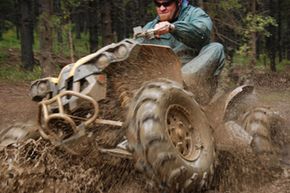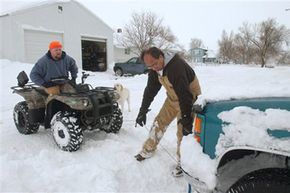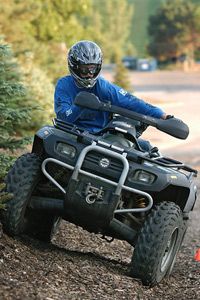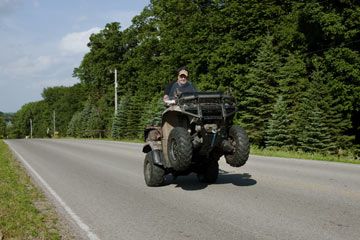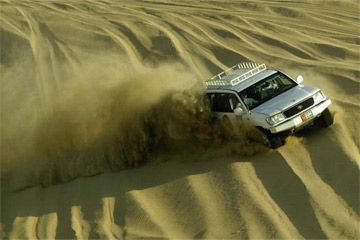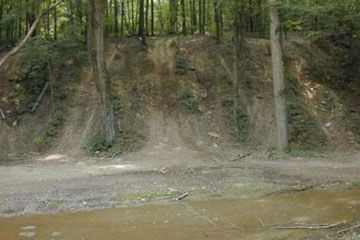Before you slap an ATV winch onto your vehicle you'll probably need to install a mounting plate. Most ATVs don't have a spot on the frame designed to hold a winch without some modification.
Winch mounting plates come in dozens of varieties. The mounting plate you choose depends upon the type of ATV you drive and the make, model and line pull rating of the winch you've chosen. You'll want a plate that can withstand the forces it will experience whenever you're using the winch. Be sure to choose a mounting plate that's compatible with your winch. You may also need to replace either the rear or front bumper of your ATV -- not all plates work with stock bumpers. Some manufacturers offer mounting systems that include a new customized bumper and the mounting plate all in one package.
Some tools you may need while installing a winch include:
- Ratchet
- Wrench
- Voltage meter
- Screwdriver
- Drill
- File
Once you have all your materials, it's time to get to work. Your winch and mounting plate should come with specific instructions to guide you through the process. No two installation jobs are exactly alike, but in general you'll follow these steps:
Mount the plate -- or mounting system -- to your ATV. Bolt the plate in place, being careful to move any wires or hoses out of the way so that you don't damage your ATV. Use an adhesive like Loctite to secure the bolts as you tighten them. Next, mount your winch onto the plate. Make sure it sits on the plate properly before securing it.
You should also make sure your winch's line has an unobstructed path. If you wish to check your line, you may need to disengage the gear train so that you can pull the line out a few feet. Just remember to engage the gear train after you test it or you may find yourself wondering why your newly-installed winch isn't working.
Now it's time to wire your winch. Winch systems use a relay box called a contactor. Find a place to mount your contactor -- many ATV enthusiasts will install contactors under the driver's seat. The contactor acts as the central wiring point for your winch. Run the wires from your winch up to the proper contact points on your contactor. This may require drilling and filing to run wires to the proper spot.
Next, mount your winch control switches. A good place to mount switches is near the steering mechanism. Many winches use switches that connect both to the contactor and to the ignition switch on the ATV. With the switch connected to your ATV's ignition, you'll only be able to run the winch while your ATV's power is on. Use a voltage meter to find the hot lead on your ignition. This is the lead you'll need to connect to your winch switch. The other switch wire connects to your contactor. Again, follow the instructions included with the winch.
Once you have your switched wired in place, you can connect your winch to your battery. You're ready to go!
